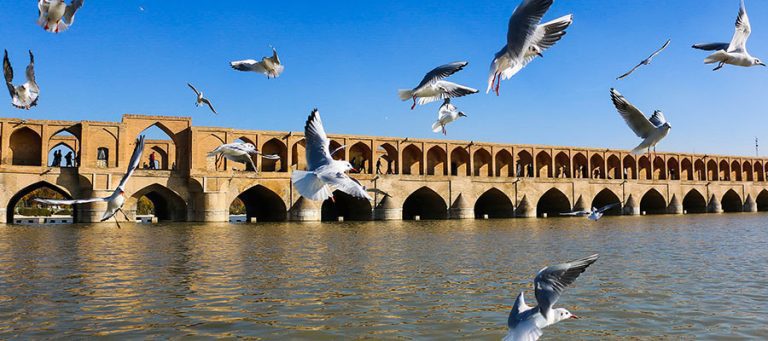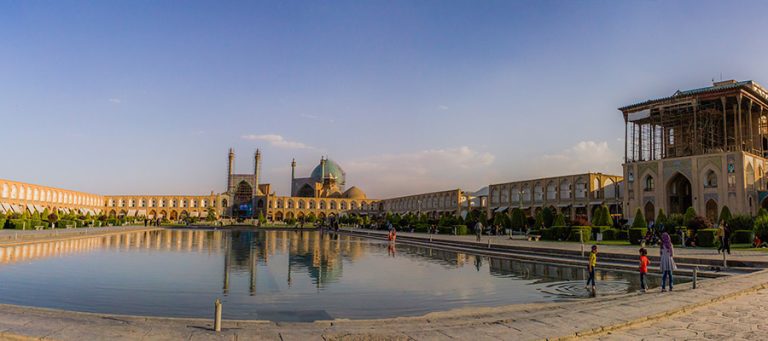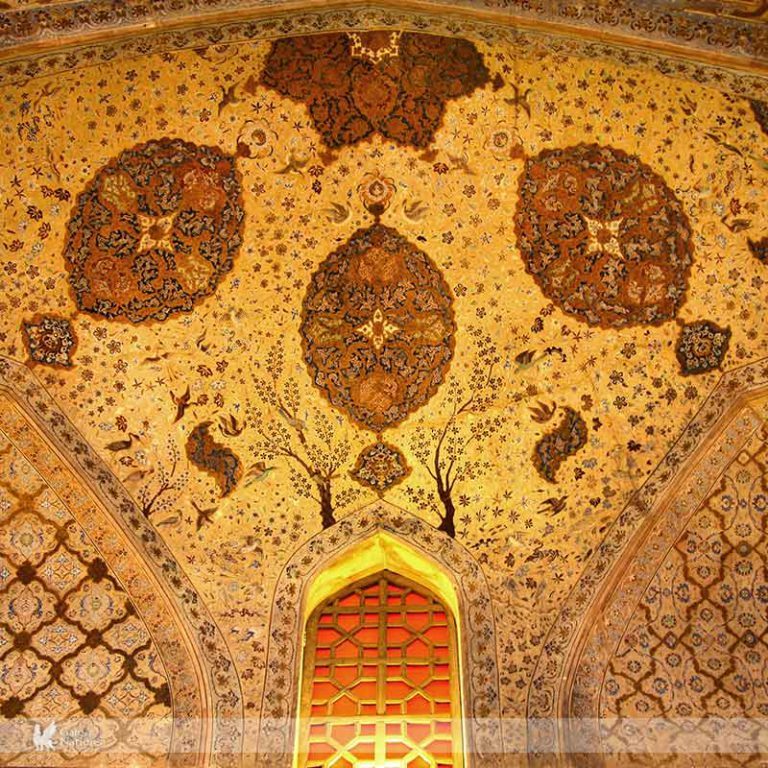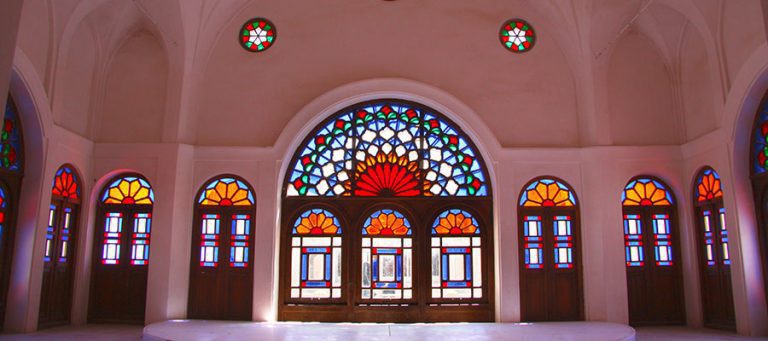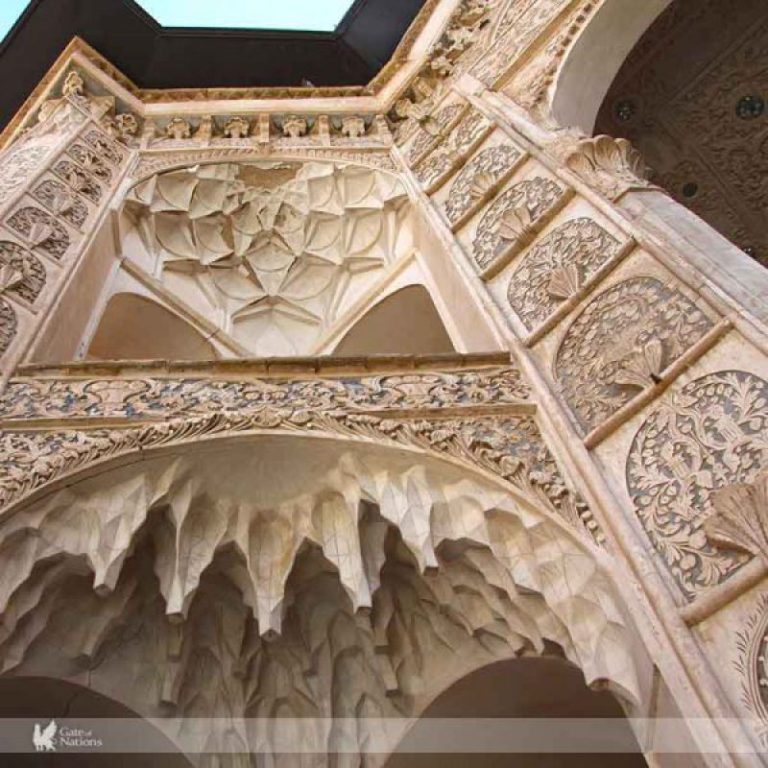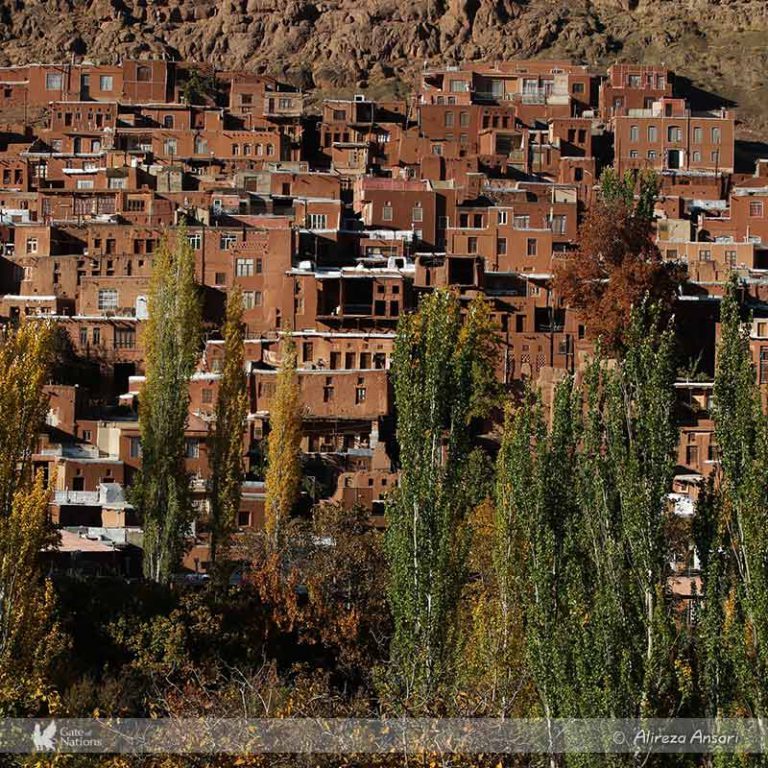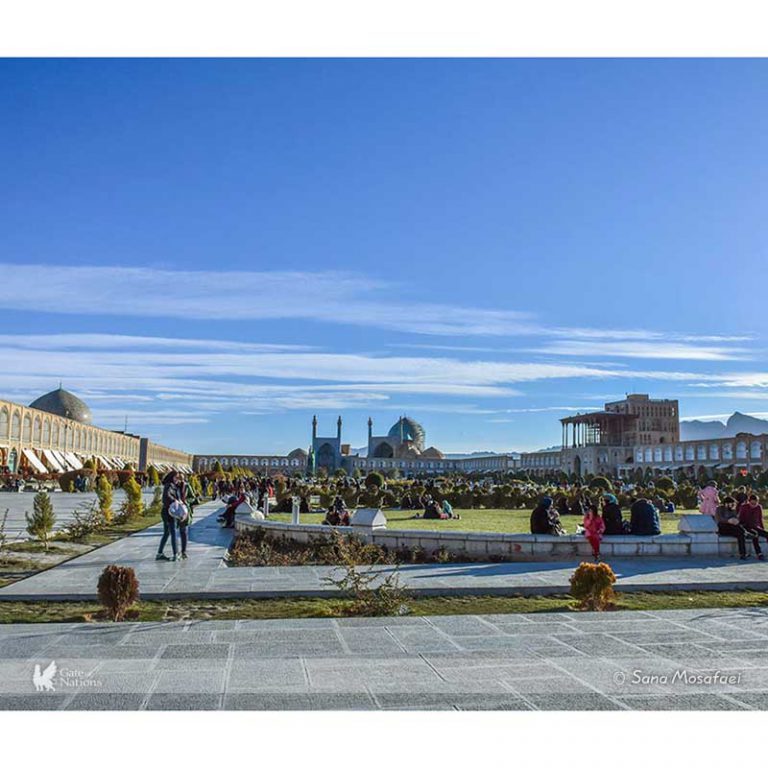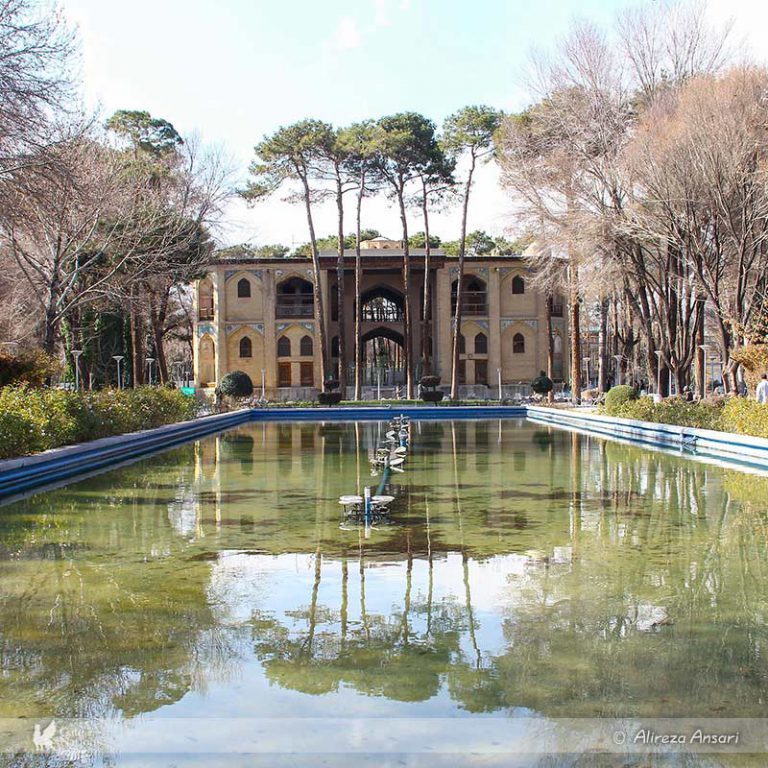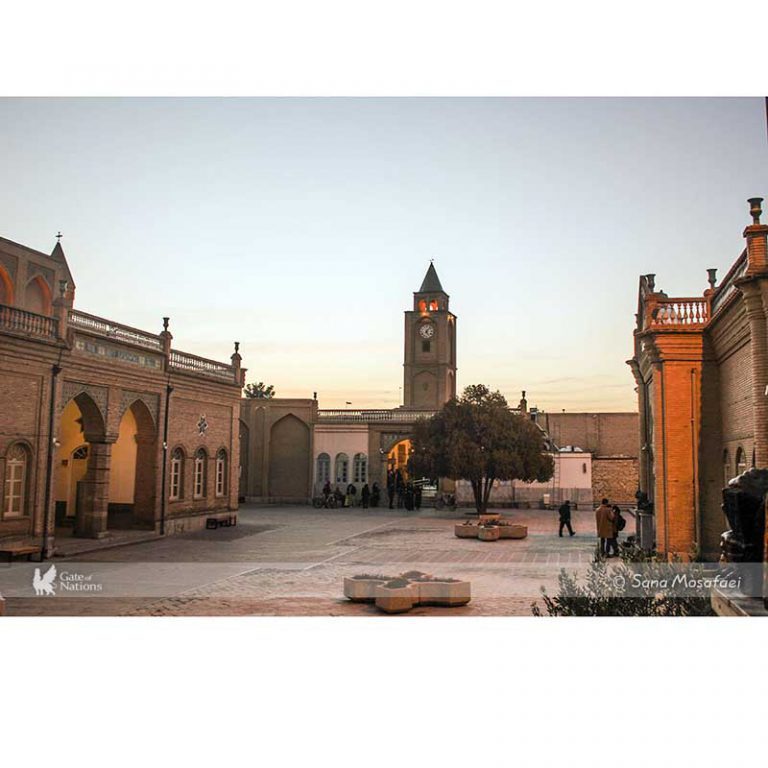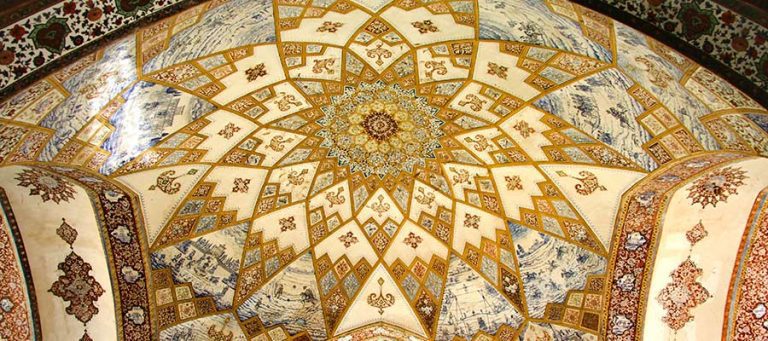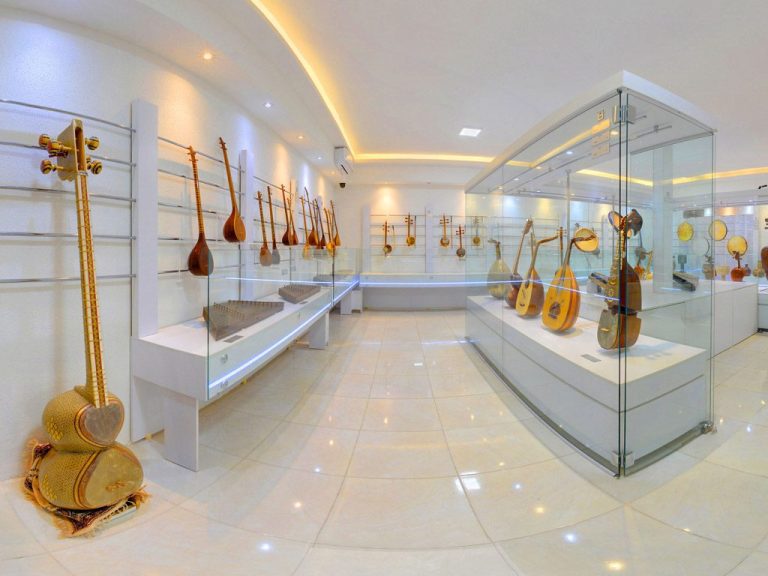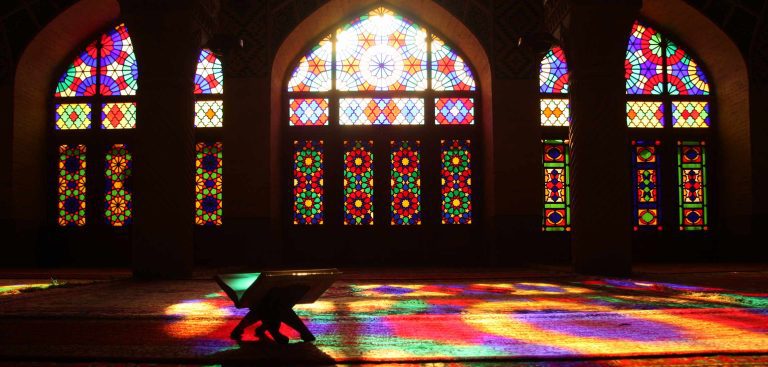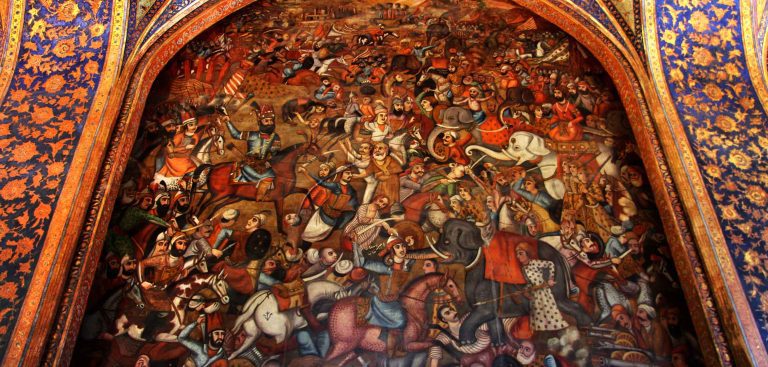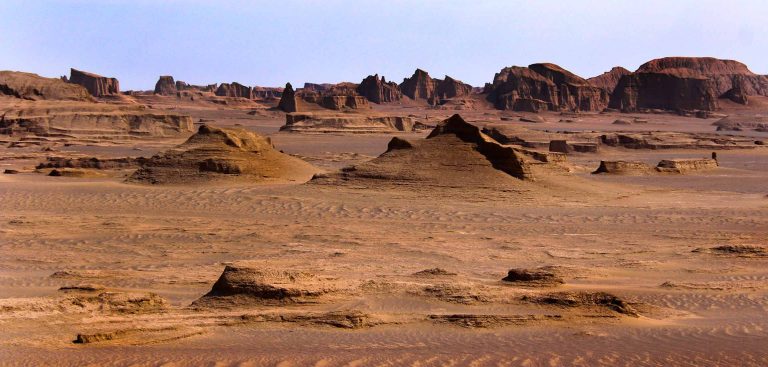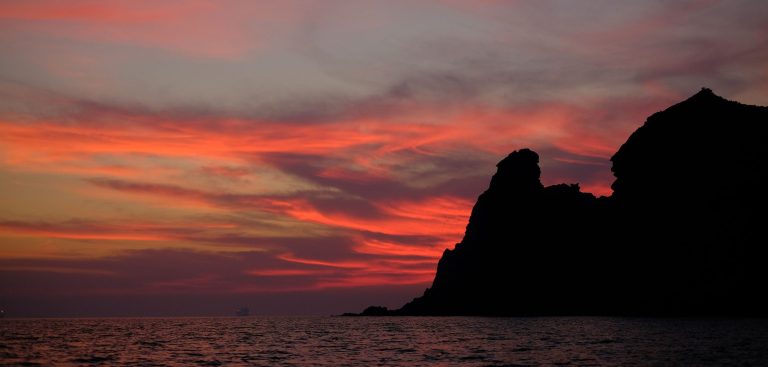Welcome to Isfahan
Isfahan city is the most important city which tourists like to see, touch and walk for hours in its Naghsh-e Jahan Square. Isfahan’s special architecture will always astonish you. The geometric order seen in every piece of architectural work is a token of the Safavid era. Isfahan is Iran’s third largest city. The first rank goes to Tehran, and Isfahan is after the religious city of Mashhad. Isfahan thrived during the years from 1050 to 1722 AD and in the Safavid era. The names ascribed to Isfahan in the past include Safahan, Safavian, Jay, Sepahan, Aspadana and Nesf-e Jahan (half of the world). After Muslims’ evasion and for the reason that Arabs don’t have the letter “P”, it was gradually omitted and was replaced by “f”; thus, today we use the name “Isfahan”. In Persian, we call it Esfehan, but in most English sources, it is called Isfahan. In July 2018, after 3 years of researching, a slogan was chosen for Isfahan: Naghsh-e Jahan: Untold Stories. Regarding the fact that most of the remnants in this city date back to Safavid era, we’d better have a deeper look at this dynasty and Iran’s kings in that period to get a perfect recognition of this city.
Isfahan, is a city in central Iran that holds immense historical, cultural, and architectural significance. Here’s a deeper dive into what makes this city such a remarkable destination:
Historical Significance: Isfahan has been a major center of Persian culture and civilization for centuries. It served as the capital of Persia during the Safavid dynasty in the 16th and 17th centuries, a period often considered the zenith of Persian art, architecture, and culture.
Architectural Marvels: Isfahan is renowned for its stunning Islamic architecture, characterized by intricate tilework, majestic domes, and graceful arches. The city boasts several UNESCO World Heritage Sites, including Naqsh-e Jahan Square, Imam Mosque, Sheikh Lotfollah Mosque, and the Jameh Mosque of Isfahan, all of which showcase the exquisite craftsmanship of Persian artisans.
Bridges Over the Zayandeh River: Isfahan is famous for its historic bridges spanning the Zayandeh River. The most notable ones include Si-o-se Pol (Bridge of 33 Arches) and Khaju Bridge, both of which not only serve as functional structures but also as architectural masterpieces and popular gathering spots for locals and visitors alike.
Gardens and Parks: Isfahan is dotted with lush gardens and green spaces that offer tranquility amidst the bustling city. One of the most famous is Chehel Sotoun, a UNESCO-listed garden featuring a pavilion and reflecting pool. Other notable gardens include Hasht Behesht Garden and Nazhvan Forest Park.
Cultural Diversity: Isfahan’s rich history has shaped it into a melting pot of cultures, religions, and ethnicities. The city is home to various religious communities, including Muslims, Christians, Jews, and Zoroastrians, each contributing to its vibrant tapestry of cultural diversity.
Traditional Bazaars: Exploring Isfahan’s bustling bazaars is an essential part of the experience. The Grand Bazaar, located near Naqsh-e Jahan Square, is a labyrinth of narrow alleys lined with shops selling everything from handicrafts and carpets to spices and traditional Iranian sweets.
Culinary Delights: Isfahan is a paradise for food lovers, offering a wide array of traditional Persian dishes and delicacies. Don’t miss trying local specialties such as Biryani, Khoresht Mast, Gaz, and Sohan, as well as refreshing beverages like traditional Persian tea and Sharbat.
Warm Hospitality: Known for its hospitality and friendliness, Isfahan welcomes visitors with open arms. Locals are often eager to engage in conversation, share stories, and offer insights into their city’s rich cultural heritage.
Isfahan’s allure lies in its ability to transport visitors back in time while simultaneously embracing modernity. Whether you’re exploring its historic landmarks, savoring its culinary delights, or simply soaking in its vibrant atmosphere, Isfahan promises an unforgettable experience steeped in history, culture, and beauty.

